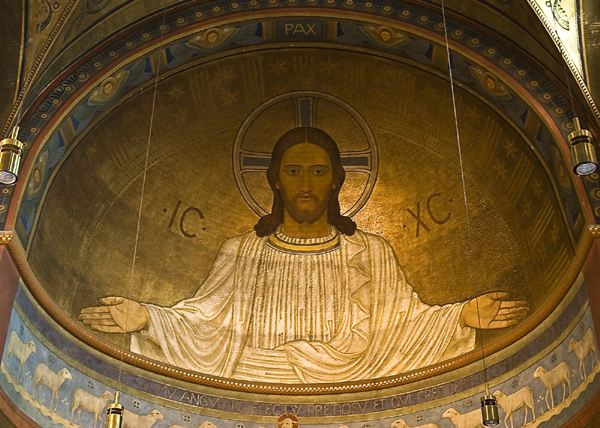The month of October is dedicated to Our Lady of the Rosary. During her last apparition at Fatima on October 13, 1917, Mary specifically referred to herself as “The Lady of the Rosary.” If you are not in the habit of praying the Rosary but have considered learning or starting again to pray it, this is the perfect month to do so.

On October 7th, the RCC celebrates the Feast of Our Lady of the Rosary. According to tradition, Our Lady famously appeared to St. Dominic de Guzman and gave the prayers of the Holy Rosary (as we know them today) to assist him as a spiritual weapon in combating heresy and leading souls back to the one true Catholic faith. Since then, the Rosary has been an infallible source of grace and strength to those who pray it. At Fatima, for example, Our Lady instructed the three children she appeared to to learn how to read and write so that they could pray the Rosary and spread the devotion to it.
Saints who prayed the Rosary
If and when you pray the Rosary, you are in very good company, both today and throughout the ages. Here is a short, by no means comprehensive list of saints who prayed the Rosary.
- St. Benedict XVI
- St. Bernadette Soubirous
- St. Anthony Mary Claret
- St. Dominic
- St. Josemaria Escriva
- St. John Paul II (who aded the Five Luminous Mysteries)
- St. Thérèse of Lisieux
- St. Louis de Montfort (who happens to be a relative of ours)
- St. Pio of Pietrelcina
- St. Pius V
- St. Pius X
- St. Francis de Sales
Don’t know how to pray the Rosary?
There are many books on how to pray the rosay, and what to contemplate while praying the many Ave Marias. If you are just starting out, here are a few links that might help you:
How to Pray the Rosary in English





























